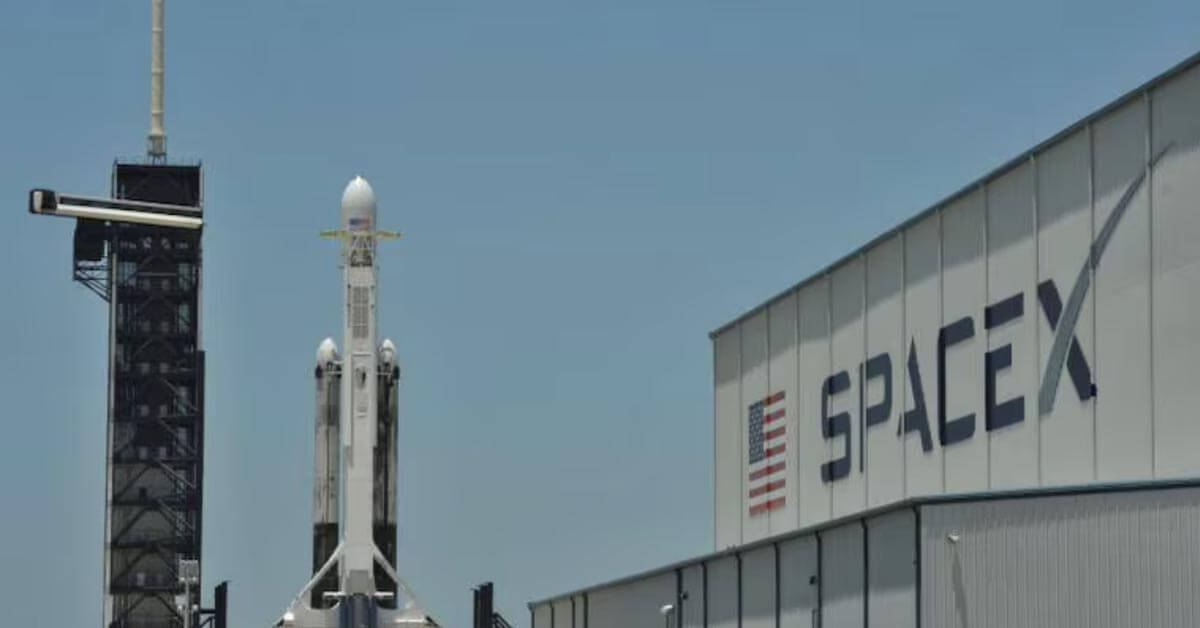SpaceX Going to Mars: Elon Musk’s Bold Vision for Humanity
Elon Musk has always dreamed big. His company, SpaceX, is leading the charge to transform interplanetary travel from science fiction into reality. SpaceX Going to Mars has become a topic of global fascination. With each launch, Musk inches closer to making this vision come true. But how realistic is this goal, and when can we expect humans to set foot on the Red Planet?
Elon Musk’s Plans for Mars Colonization
Elon Musk isn’t just thinking about a short visit to Mars. He wants to establish a self-sustaining human colony on the planet. His mission? To make life multi-planetary and ensure the survival of humanity. Musk’s ambitions aren’t just focused on space exploration but on creating a safety net for our species.
The goal is clear: send one million people to Mars. This may sound outrageous, but with Musk’s track record, it’s hard to bet against him. SpaceX Going to Mars is not about a singular mission but rather a long-term plan for colonization.
Why Go to Mars?
Mars is the most Earth-like planet in our solar system. Its day is similar in length to Earth’s, and its polar ice caps hold water. Musk believes humans must become a multi-planetary species to avoid potential extinction events. Earth has its risks—asteroids, supervolcanic eruptions, climate change—so Mars offers a backup plan.
Colonizing Mars will also drive advancements in technology, create new industries, and unify humanity around a common goal. Musk believes that this ambition will inspire the next generation to dream bigger and solve massive global challenges.

SpaceX’s Progress So Far
SpaceX has made incredible strides toward reaching Mars. Its flagship rocket, the Starship, is designed specifically for this mission. Starship will be the most powerful rocket ever built, capable of carrying up to 100 passengers and cargo to Mars in a single launch. This fully reusable spacecraft aims to cut down the cost of space travel significantly.
Starship: The Key to Mars
Starship is the linchpin in Musk’s plan. The spacecraft is designed to be fully reusable, which means lower costs and quicker turnarounds between missions. SpaceX has already conducted successful test flights of Starship prototypes, including high-altitude tests. The next step is an orbital test flight, followed by sending Starship to the Moon as part of NASA’s Artemis program.
These missions to the Moon serve as a proving ground for SpaceX Going to Mars. The spacecraft will demonstrate its capabilities in landing on extraterrestrial bodies and returning safely to Earth. By refining these technologies, SpaceX ensures that the mission to Mars will be safe, efficient, and reliable.
Achievements and Milestones
– Falcon Heavy: This powerful rocket is already operational and has successfully launched heavy payloads into space. It’s the precursor to the much larger and more capable Starship.
– Dragon Capsules: SpaceX has successfully sent astronauts to the International Space Station aboard its Dragon capsules. This success proves that SpaceX can develop safe and reliable crewed spacecraft.
– Raptor Engines: These engines power Starship and are more efficient than any previous rocket engine. They run on methane, which SpaceX can theoretically produce on Mars.
SpaceX Going to Mars is not just theoretical—it’s happening right now, with each test flight and launch bringing Musk’s vision closer to reality.
The Challenges of Mars Colonization
While SpaceX has made significant progress, the mission to Mars is not without its challenges. The distance to Mars varies, but at its closest, it’s about 34 million miles from Earth. It will take around six to nine months to travel this distance, depending on the launch window.
Life Support Systems
Sustaining human life on Mars is a major hurdle. SpaceX will need to develop life support systems that can recycle air, water, and food. Musk plans to produce resources on Mars itself. By using the planet’s natural elements, astronauts can produce oxygen, water, and even fuel using in-situ resource utilization (ISRU).
Radiation and Environmental Risks
Mars has a thin atmosphere, offering little protection from cosmic radiation. SpaceX must create protective habitats for astronauts. These could involve underground living quarters or structures built from Martian materials. Elon Musk has suggested using radiation-proofed habitats and creating magnetic shields to simulate Earth’s protection.
Psychological Impact of Isolation
A trip to Mars will require astronauts to endure long periods of isolation. The psychological challenges could be enormous. SpaceX plans to address this by ensuring that Starship is equipped with entertainment systems and sufficient living space. The goal is to make the journey and colonization experience as comfortable as possible.
When Will SpaceX Go to Mars?
Elon Musk has set an ambitious timeline for SpaceX Going to Mars. He originally aimed for the mid-2020s, but this has been pushed back due to various challenges. Currently, the goal is to send the first crewed mission to Mars by **2029**. Musk has emphasized that while the timeline is ambitious, the focus is on getting everything right rather than rushing.
Steps Before Mars
Before humans head to Mars, SpaceX will conduct several uncrewed missions. These missions will carry cargo, establish supplies, and prepare the Martian surface for human arrival. Musk plans to send uncrewed Starships as early as 2026 to drop supplies, equipment, and scientific instruments.
After these initial missions, SpaceX will focus on testing life support systems and ensuring that Martian habitats can be built. These early missions will pave the way for humans to follow by the late 2020s.
What Life on Mars Could Look Like
Living on Mars will be unlike anything we’ve experienced. The Red Planet has a cold, dry environment, and its atmosphere is mostly carbon dioxide. Musk envisions a bustling colony with domes, underground habitats, and vast farms producing food.
Terraforming Mars
Elon Musk has also floated the idea of terraforming Mars to make it more Earth-like. This process could involve releasing greenhouse gases to warm the planet, thickening the atmosphere, and creating liquid water on the surface. While this idea is still in its infancy, it’s part of Musk’s long-term vision.
Musk’s ultimate dream is a fully self-sustaining city on Mars, complete with schools, hospitals, and recreational spaces. The colony would grow its own food, produce energy from solar and nuclear sources, and eventually expand beyond its initial outpost.
How SpaceX Going to Mars Could Change Humanity
The prospect of SpaceX Going to Mars has captured the imaginations of millions. This mission isn’t just about colonizing another planet—it’s about pushing the boundaries of what’s possible for humanity.
A New Era of Space Exploration
SpaceX’s Mars mission could usher in a new era of space exploration. Once Mars is within reach, other planets and moons may follow. Humanity could explore asteroids, moons of Jupiter and Saturn, or even further into deep space. SpaceX’s efforts could serve as a blueprint for interstellar exploration.
Economic and Technological Benefits
The journey to Mars will undoubtedly drive innovation. From advanced robotics to life support systems, the technologies developed for this mission will have applications on Earth. The mission could also stimulate new industries—space mining, space tourism, and more.
Elon Musk’s vision for SpaceX Going to Mars is about more than just survival. It’s about inspiring the world, pushing our limits, and showing that humanity can achieve the impossible.
Mission: Occupy Mars
SpaceX Going to Mars represents one of the most ambitious projects in human history. Under the leadership of Elon Musk, the company is on the cutting edge of space travel and interplanetary colonization. With Starship, SpaceX is making incredible progress. The challenges are immense, but Musk’s bold vision and determination are driving this mission forward.
By 2029, we may witness the first humans land on Mars, opening a new chapter in human history. And once that happens, who knows where SpaceX will take us next?
The adventure has only just begun. SpaceX Going to Mars isn’t just a dream—it’s our future.








